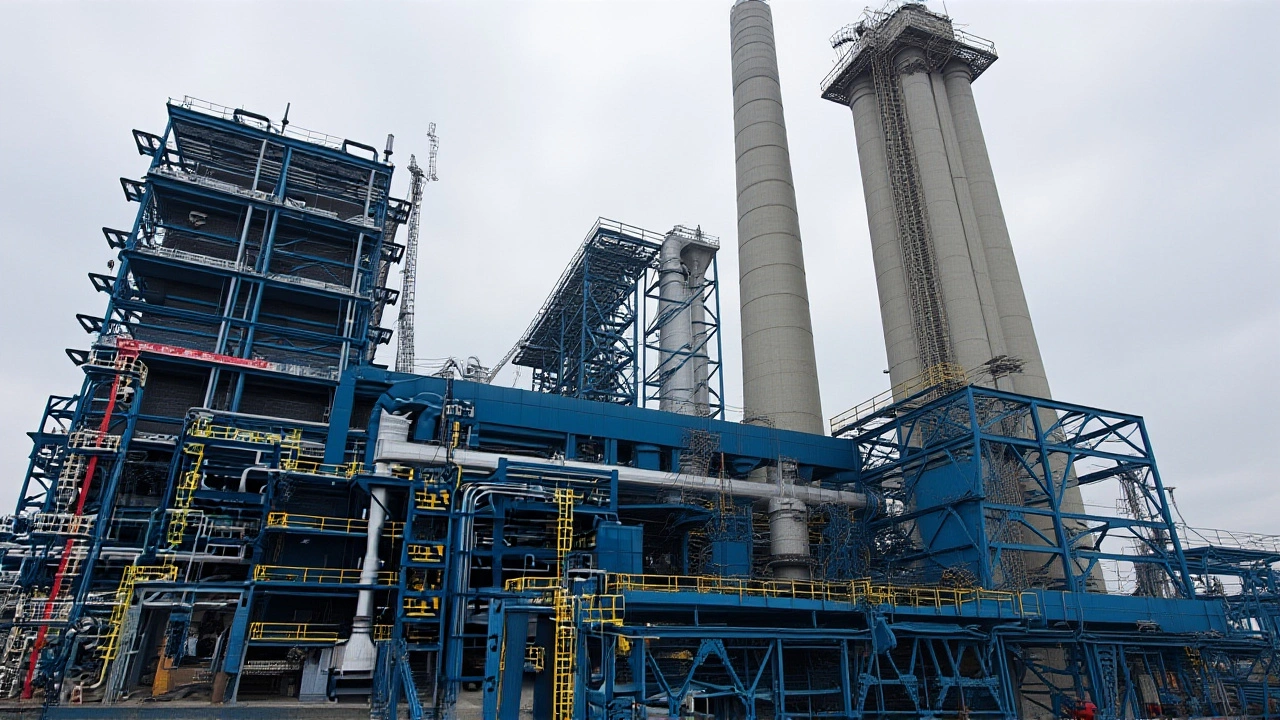Fuel Supply
When you hear the term Fuel Supply, the coordinated movement of refined petroleum products from refineries to end‑users such as motorists, industry and power plants. Also known as fuel distribution, it links the production of fuel with the people who actually need it, you’re looking at a chain that starts deep inside the earth and ends at the nozzle of your car. Fuel supply isn’t just a buzzword; it’s a network that blends engineering, finance and real‑time decision‑making. A single barrel of crude oil goes through dozens of steps before it fuels a truck, a generator, or an airplane. Refinery, the facility that transforms raw crude into gasoline, diesel, jet fuel and other products is the first major node in that journey. The refinery’s output determines the mix of fuels that enter the distribution system, and any change in refinery capacity instantly reshapes the whole fuel supply landscape. In short, fuel supply encompasses the planning, processing, and physical movement of energy from the wellhead to the wheel.
Key components of fuel supply
The heart of the network is Logistics, the planning, transporting and storing of fuel across pipelines, trucks and railcars. Logistics decides which pipeline will carry gasoline to a coastal terminal, which railcar will move diesel to an inland hub, and how tanker trucks will fill the gap between the hub and the local station. Diesel, a heavy fuel used in trucks, construction equipment and power generators often travels in specialized tanker trucks because it needs temperature control and strict safety measures. Those same trucks feed the Petrol Station, the retail outlet where drivers fill up their vehicles, which sit at the final end of the supply chain. The station’s inventory levels are monitored in real time, allowing dispatchers to reroute fuel quickly if a shortage appears. This relationship creates a clear semantic triple: Petrol stations rely on fuel supply networks, and fuel supply networks require logistics coordination. Another triple is: Diesel delivery needs specialized tanker trucks, and specialized tanker trucks are managed by logistics teams. The whole system works like a living organism, constantly adjusting to demand spikes, weather disruptions, and market price swings.
Understanding how each piece fits together helps you see why fuel price hikes feel sudden and why occasional station closures happen. Modern Refinery Operations, the day‑to‑day processes that convert crude oil into market‑ready fuels are increasingly digital, using sensors and AI to predict output and feed data into logistics planning tools. At the same time, governments impose environmental standards that shape the type of fuel a refinery can produce, which then influences the logistics routes needed to move low‑sulphur gasoline or ultra‑clean diesel. When you combine these forces—refinery output, logistics planning, diesel handling, and station stocking—you get a resilient yet complex supply web. Below, you’ll find a curated collection of stories, reports and analyses that dive into each of these aspects, from real‑world incidents that tested the supply chain to innovative technologies that promise smoother deliveries. Explore the posts to see how the abstract concept of fuel supply actually plays out on the ground and how it might evolve in the years ahead.

NMDPRA chief Farouk Ahmed says Dangote refinery now supplies 20 m litres of petrol daily, covering 40 % of Nigeria's demand despite operational hiccups.
Read More